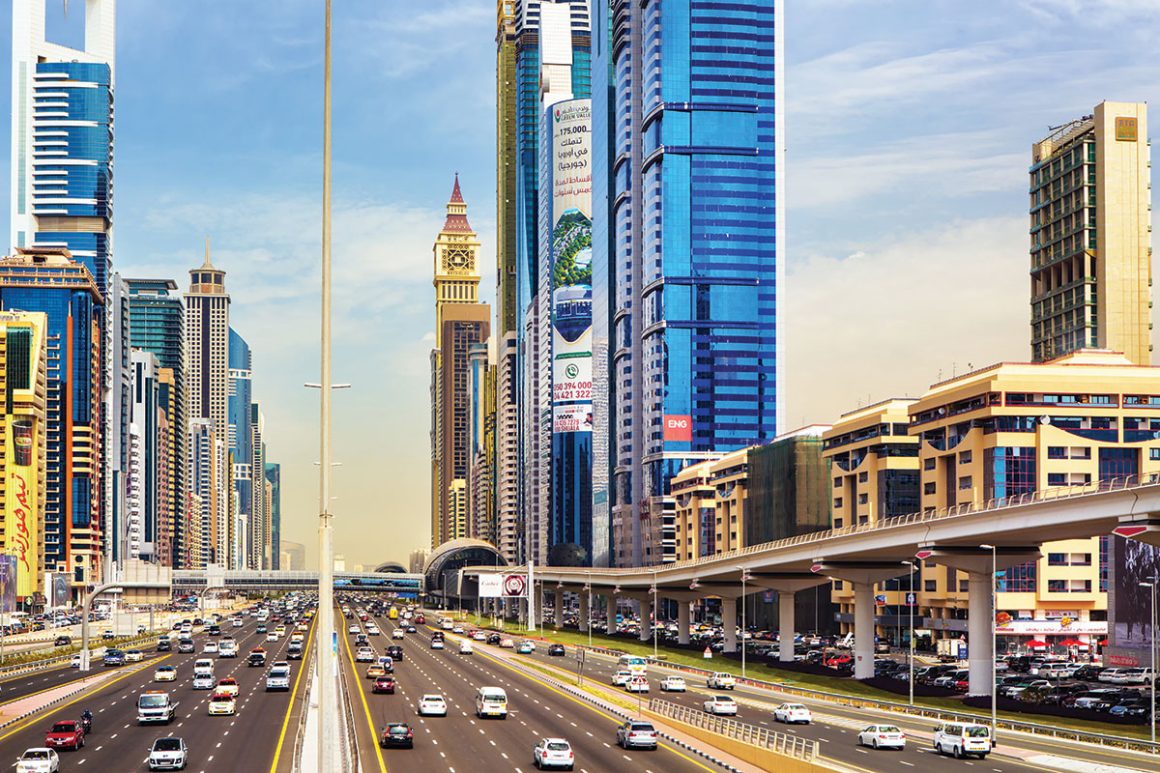As global financial landscapes shift towards sustainability, the Middle East, led prominently by the UAE, is seizing the momentum.
With net-zero carbon emissions as the overarching goal by mid-century, sustainable finance represents a dual advantage: environmental responsibility and untapped economic potential.
Direct evidence of this shift is visible in the surge of sustainable finance in the Mena region, which touched $24.55 billion in 2021, marking a significant 532 per cent growth from 2020.
Bloomberg’s report on the GCC’s green bond and sukuk issuances, which accumulated $8.5 billion from 15 deals last year, further solidifies the region’s active engagement in green finance.
Beyond the environmental pledges of the Net Zero 2050 charter, there’s a clear economic blueprint. An earmarked investment of $160 billion towards clean and renewable energy sectors over the coming 30 years signals the UAE’s commitment to future-proofing its economy.
Moreover, the strategic goal to source 44 per cent of its energy from clean avenues by 2050 indicates a nation preparing for a green economic boom.
Strategically, the UAE’s commitment aligns with global trajectories.
The recently endorsed UAE Energy Strategy 2050 and the National Hydrogen Strategy aren’t mere environmental mandates; they are economic signals, laying out sectors ripe for investment and growth, underlining the nation’s alignment with its 2050 targets.
With Cop28 on the horizon, the stakes and opportunities are heightened. This pivotal global event will not only spotlight the UAE’s environmental endeavours but will also accentuate its position as an emerging hub for green finance and investment.
For private banks and financial institutions, the climate summit in the UAE offers a prime occasion to gauge, interact with and potentially tap into the flourishing green finance market of the region.
Global implications
As the host of Cop28, the UAE has an exceptional opportunity to shape global financial perspectives on sustainability.
The outcomes of this conference will not only determine environmental policies but also influence global financial flows. Markets, investors and financial institutions will be looking for clear indicators and strategies that merge ecological conservation with economic growth.
The way the UAE navigates this event can set a precedent for how sustainable finance can be effectively leveraged at a global scale.
Digital transformation and green finance
Parallel to the green transition is the undeniable wave of digital transformation, which the financial sector in the Middle East, particularly in the UAE, is undergoing.
Digital platforms, blockchain technology and FinTech innovations are playing crucial roles in shaping green finance’s future. Such technology can offer more transparent, efficient and secure means of channelling investment in sustainable projects.
For private banks, understanding and investing in this digital-green nexus could provide a competitive edge, enabling them to offer novel green financial products and services.
Role of private sector innovation
It’s worth noting that while government strategies lay the groundwork, the private sector’s role in innovating and pushing the boundaries of what’s achievable is invaluable.
Private banks and financial institutions are in a unique position to foster innovations in green finance. Through research and development, collaborations with tech firms and partnerships with global financial entities, they can pioneer financial instruments and models that drive sustainable investments at scales previously unimagined.

